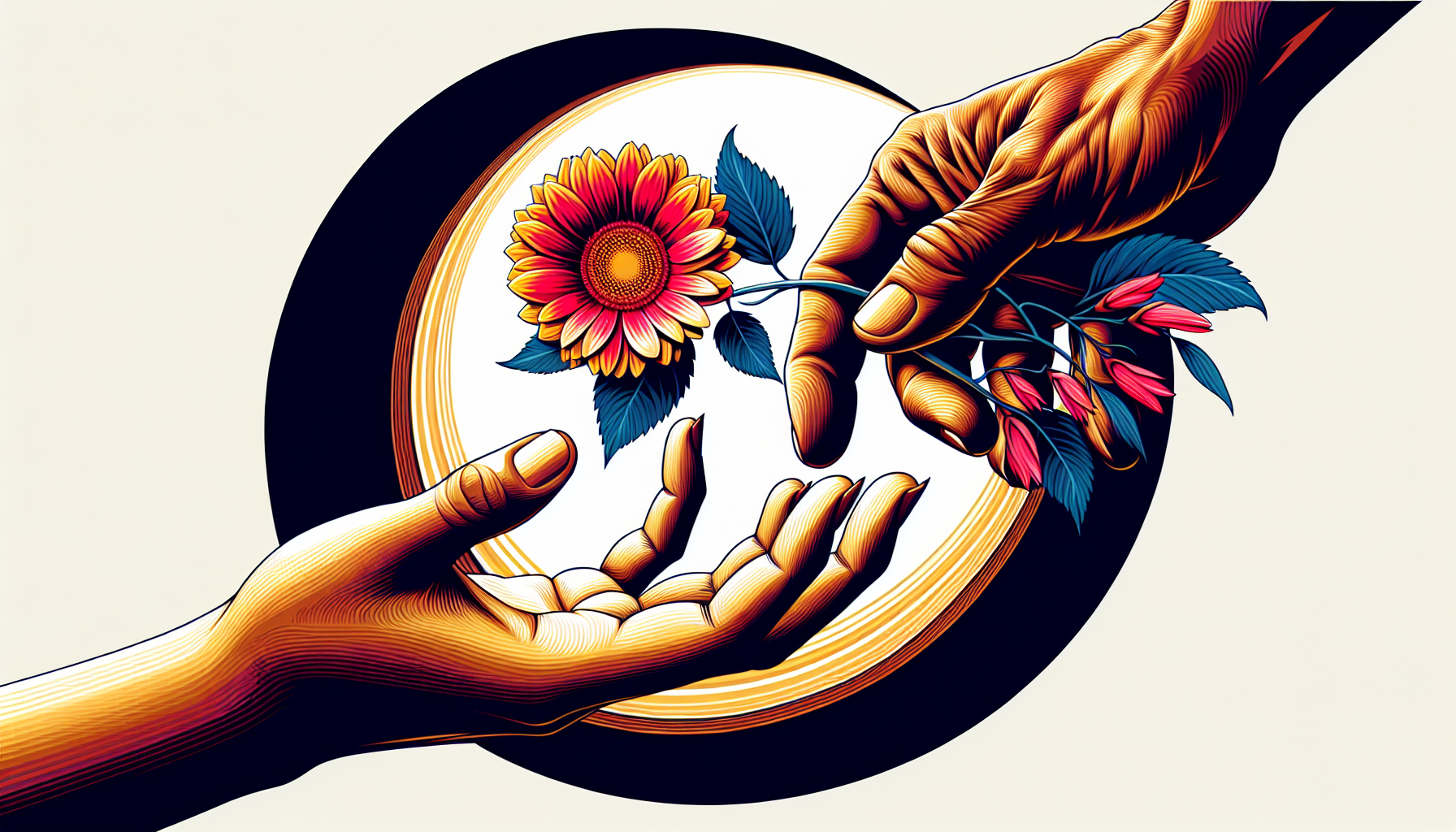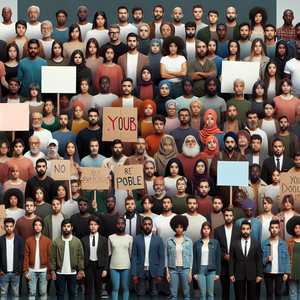The Wayfair Effect: How Online Retail is Changing Neighborhood Aesthetics

One of the most significant impacts of Wayfair and similar online retailers is the democratization of style. In the past, access to high-quality, trendy home decor was often limited to those who could afford to shop at boutique stores or high-end retailers. However, Wayfair's extensive inventory and competitive pricing mean that consumers from various socioeconomic backgrounds can now curate their living spaces in ways that reflect their personal tastes. For example, a family in a modest neighborhood can now purchase a designer-inspired sofa or a trendy coffee table that was once reserved for affluent urban dwellers. This increased access allows residents to elevate the overall aesthetic of their homes, contributing to a more visually appealing neighborhood. As homes become more stylish, the entire community benefits from a heightened sense of pride and cohesion. Imagine a street once lined with basic, functional furniture now adorned with modern, artistic pieces that catch the eye and reflect the individuality of each household. This transformation results in a ripple effect, where neighboring homes may feel inspired to follow suit, further enhancing the overall appearance of the area.
Influencing Property Values
As neighborhoods become more aesthetically pleasing, property values often follow suit. Studies have shown that homes in well-decorated areas tend to have higher market values. The 'Wayfair Effect' can be seen in neighborhoods where an influx of stylish home decor leads to an increase in demand for housing. This is particularly evident in urban areas, where gentrification is often accompanied by an influx of online retail shopping options. For instance, areas that were once characterized by outdated or poorly maintained homes are now witnessing transformations as residents invest in contemporary furniture and decor. This transformation can lead to rising property values as potential buyers are attracted to neighborhoods that offer a desirable living environment with a vibrant aesthetic. According to a study from the National Association of Realtors, homes with appealing interiors can see increases in value of up to 20% compared to similar homes with less attractive decor. Consequently, local governments may also benefit from increased tax revenues as property values rise.
Cultural Shifts and Community Identity
Beyond aesthetics and property values, the Wayfair Effect contributes to broader cultural shifts within communities. As residents curate their homes with trendy decor, they are often influenced by the latest design trends showcased on social media and in online catalogs. This creates a shared cultural language that can foster community identity and pride. Moreover, the rise of DIY and upcycling movements, often fueled by inspiration found on platforms like Wayfair, encourages residents to engage creatively with their living spaces. Community workshops, local markets, and social media groups dedicated to home decor and improvement flourish as individuals seek to share their unique styles and ideas. For instance, neighborhood Facebook groups often see members sharing before-and-after photos of home projects, which can spark conversations and collaborations. This exchange of creativity not only elevates neighborhood aesthetics but also fosters connections among residents, strengthening community ties. As people come together to discuss home improvements or even collaborate on projects, the sense of belonging and community identity deepens, ultimately making neighborhoods not just places to live but vibrant communities full of character and creativity.
The Wayfair Effect illustrates the profound impact that online retail is having on neighborhood aesthetics, property values, and community culture. As more consumers gain access to stylish home decor, the transformation of local environments becomes evident—leading to visually appealing neighborhoods, rising property values, and enhanced community identities. As e-commerce continues to evolve, it will be fascinating to observe how platforms like Wayfair further shape our living spaces and, in turn, the communities we inhabit. In embracing these changes, residents not only invest in their homes but also in the future aesthetic and cultural fabric of their neighborhoods. The Wayfair Effect exemplifies how a single online retailer can catalyze a broader movement toward a more stylish, connected, and thriving community.
E-commerce Marketing Specialist
Wayfair, Amazon, Overstock, Houzz
Core Responsibilities
Develop and implement marketing strategies to promote home decor products across various online platforms.
Analyze consumer behavior and trends to optimize marketing campaigns and enhance customer engagement.
Collaborate with design teams to create compelling visual content that aligns with brand identity.
Required Skills
Proficient in digital marketing tools such as Google Analytics, SEO, and social media advertising.
Strong analytical skills and experience in A/B testing for campaign optimization.
Ability to understand and communicate design trends in the home decor industry.
Home Decor Product Designer
Wayfair, West Elm, Crate & Barrel, IKEA
Core Responsibilities
Conceptualize and create innovative furniture and decor items that meet market demands and consumer preferences.
Collaborate with manufacturers to ensure product quality and feasibility from design to production.
Stay updated on industry trends and materials to maintain a competitive edge in product offerings.
Required Skills
Proficiency in design software such as SketchUp, AutoCAD, or Adobe Creative Suite.
Strong understanding of materials and manufacturing processes in furniture design.
Excellent communication skills for cross-functional collaboration.
Urban Development Analyst
City planning departments, real estate firms, urban development consulting agencies
Core Responsibilities
Analyze real estate trends and property value fluctuations in urban neighborhoods influenced by online retail.
Conduct market research to identify areas of potential growth and aesthetic transformation.
Collaborate with local governments to provide insights on zoning, development, and community planning.
Required Skills
Strong quantitative skills with experience in data analysis and geographic information systems (GIS).
Knowledge of urban planning principles and real estate market dynamics.
Ability to communicate findings effectively to stakeholders and policymakers.
Community Engagement Coordinator
Nonprofits, local government agencies, community organizations
Core Responsibilities
Develop and implement programs that foster community participation in local home improvement and decor initiatives.
Organize workshops and events to encourage DIY projects and creative exchanges among residents.
Collaborate with local businesses and organizations to promote community identity and aesthetic values.
Required Skills
Strong interpersonal and communication skills to engage diverse community members.
Experience in event planning and project management.
Familiarity with social media platforms to promote community initiatives.
Interior Stylist
Interior design firms, home staging companies, freelance consultants
Core Responsibilities
Work with clients to create personalized interior designs that reflect their tastes and enhance their living spaces.
Source furniture and decor from various online retailers, including Wayfair, to curate stylish interiors.
Stay informed about current design trends and innovative products to recommend to clients.
Required Skills
Strong aesthetic sensibility and knowledge of interior design principles.
Experience in space planning and color theory.
Excellent customer service skills and the ability to understand client needs.


